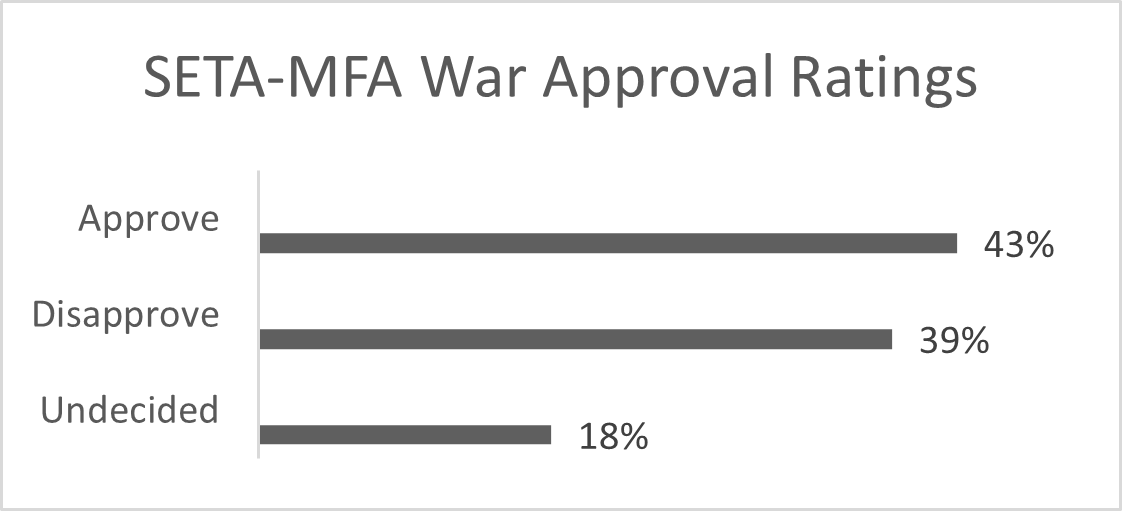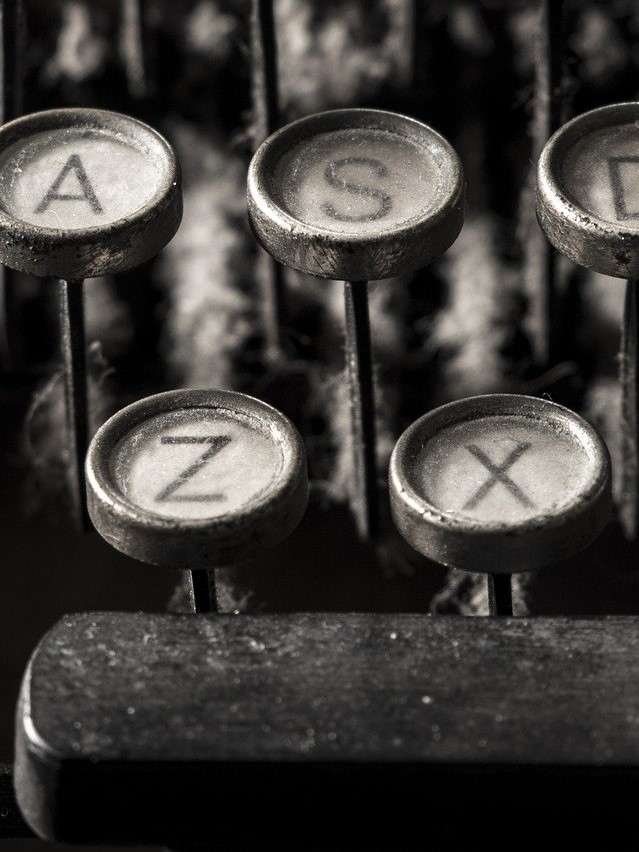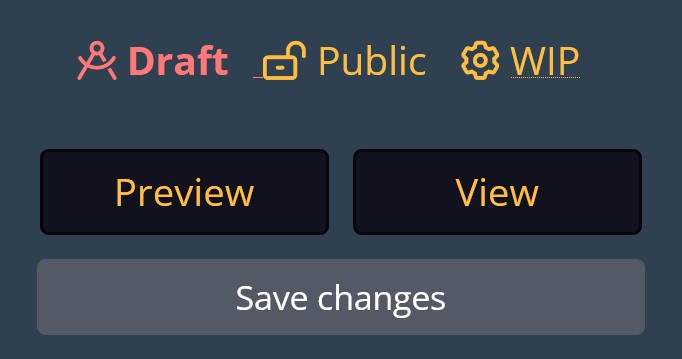How to Write Great Competition Articles
[aloud]content[/aloud]This aloud box appears green on most themes, but in some are red or other colors
^And for that cool spoiler button: [spoiler]Content|Button Name[/spoiler]WorldAnvil competitions are a great way to participate in the community, get eyes on your world, and be inspired with prompts you may not have previously considered. But you might find yourself wondering how do I make a great competition article?
Content
Hook Your Audience
A strong opening line, a quote, a bit of prose or poetry, custom headers, visual appeal, a great cover image - there are many ways to draw a reader into your article and make them want to keep reading.Explain, but not too much
[tooltip:explanation here]word/phrase[/tooltip]
How to make a bullet list
dash, dash, space, TEXT
dash, dash, dash, space, TEXT
dash, dash, dash, dash, space, TEXT
How does the template work?
For the big community challenges, you have to use the template specified in the challenge. This does NOT mean you have to fill every in every field. In fact, please don't. Fill in what's applicable, what you want to fill in, or don't fill in any of them. It is perfectly acceptable to write all of your content in the vignette, the footer, and/or the sidebar yourself, using custom headers. Some people fill in a few of the prompts; some fill in none. Neither method is incorrect.I want to participate, but the prompt doesn't fit my world
Bend the prompt to your will! Subvert it. Interpret it loosely. Seriously, if the prompt doesn't fit, then try another approach to the challenge. My favorite articles are the ones that are unexpected. Could it perhaps work as a children's story, a myth, or a rumor in your world? Are there parts of the prompt you can address by saying something like, "No one really knows because she never stays in one place long enough for people to get to know her"?Formatting
Format!
Content is crucial, but formatting makes it readableFormatting is so important. Really. It is entirely unreasonable to expect your reader to read a wall of text. Some people literally cannot, and I personally will not. At minimum, you should strive for short paragraphs with line breaks in between.
Blank space improves readability!
Columns
Even better is if you can add columns and visual elements. Rows and columns do wonders in breaking up the content even more, and they reduce the distance the eye has to travel across the screen. The idea is to create easily-digestible segments of information as to not overwhelm or exhaust the reader. My personal trick to columns is to alternate them with wider segments of text and to try to get them to line up as closely as possible.[row][col]Content[/col] [col]Content[/col][/row]Various elements can be added into columns to improve variety and control size - images, maps, quotes, lists, etc. Consider using subheaders along with your columns to divide out content. Ex: Accomplished using:
[row][col3][h3]First Header[/h3]Content[/col3] [col3][h3]Second Header[/h3]Content[/col3] [col3][h3]Third Header[/h3]Content[/col3][/row]Tip: If your page gets wonky, it's usually because of a missing [/row] or [/col] or a missing bracket somewhere. Be sure to close all BBCode including [/i], [/in], [/b], etc. Tip 2: You can also format spoilers! Just avoid using the pipe (straight line above the enter key)
Headers and Subheaders
Make use of headers and subheaders to avoid sections becoming too long. Just as overly long paragraphs are exhausting, so too are overly long sections. Headers and subheaders can be used in most areas of the article: the main body, the footer, a template response section, the sidebar, author notes, and more. I personally use [h2][/h2] and [h3][/h3] the most, which can be typed, added by clicking on the H2 or H3 button above the textbox in the editor, or even added using ctrl+2 or ctrl+3 (Windows). [hr] is another neat trick for breaking up content.Do I have to be a subscriber to make competition-worthy articles?
No! You can do quite a lot of amazing things with a free account. Pictures, maps, spoilers, columns, tables, blocklinks, embedding songs and videos... there are so many elements you can add to your article. And these elements aren't just tricks. They are amazing tools to add depth and richness to your world.A picture is worth a thousand words[quote]Content|Author[/quote] Quotes are a great way to add flavor and describe how your in-world people feel about something
Other Aspects
I'm still not sure how to improve my article
Whether you're unsure about content or format or something else, just ask!Please note that you are not obligated to incorporate all feedback. The work is still yours, and therefore it's still your decision and responsibility. However, if someone asks you a question in the comment section, this is feedback that something in your article might be confusing or under-explained and presents an opportunity to improve your article.
More Useful Guides
About Images
I know some people prefer not to use images or think including them is too difficult, and while they are not necessary, they can serve as much more than just eye candy. Images are a fabulous tool for quickly setting a mood to your article and for describing a person, scene, object, etc. without having to resort to long, purple prose. There are so many resources available for making images and/or finding available, creative commons images. But you must credit the artist, even if it's you.Guild members may disable this sidebar and/or utilize the full-width footer










This is great advice for writing articles in general. Thank you for writing this. 'If you've written something, that's a reason to celebrate.' I 100% agree!
Thank you :)